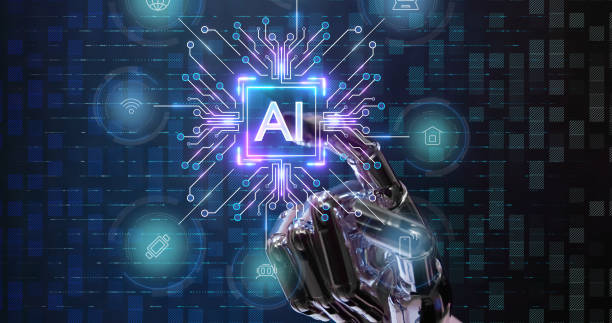What are AI Robots and How Do They Work?
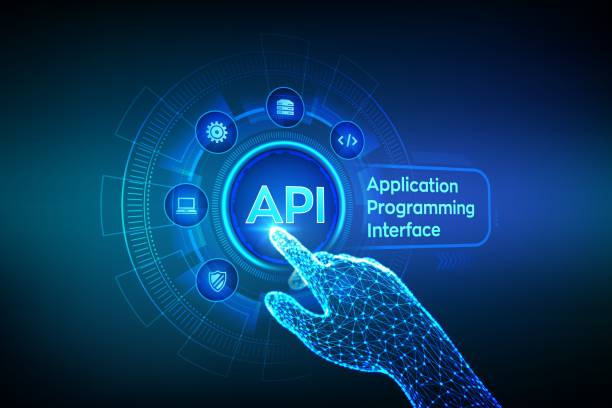
What are AI Robots and How Do They Work?
#AI_robots are a combination of two important technological fields: #Artificial_Intelligence and #Robotics.
Simply put, an AI robot is a physical or software machine capable of performing tasks that typically require human intelligence.
These tasks include learning, reasoning, problem-solving, natural language understanding, and decision-making.
An AI robot’s operation involves first collecting data through sensors or other inputs.
Then, it uses artificial intelligence algorithms to process this data and extract useful information.
Finally, based on this information, it makes decisions and performs the appropriate action.
For example, an AI robot used in a factory production line can receive product images via cameras, detect potential defects, and remove faulty products from the line.
AI robots are used in various fields such as industry, medicine, customer services, education, and entertainment.
The development of AI robots is progressing rapidly, and they are expected to play an increasingly important role in our lives in the future.
These advancements enable the creation of more complex and efficient AI robots.
AI robots have the ability to perform tasks that previously only humans could accomplish.
Did you know your company’s website is the first point of contact for 75% of potential customers?
Your website is the face of your brand. With **RasaWeb**’s corporate website design services, build an online presence that earns customer trust.
✅ Create a professional and lasting image for your brand
✅ Attract target customers and boost online credibility
⚡ Get free consultation from **RasaWeb** experts!
Types of AI Robots and Their Applications
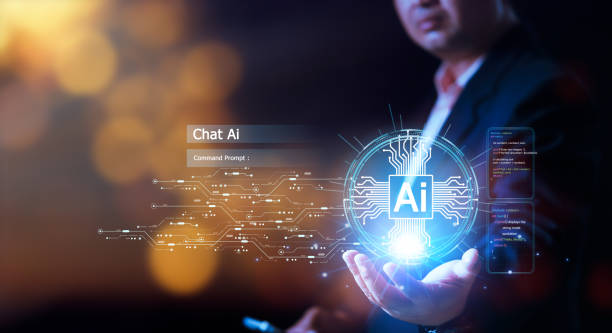
Types of AI Robots and Their Applications
AI robots can be categorized based on various criteria, including hardware type, the type of artificial intelligence used, and their application.
Based on hardware type, robots can be broadly divided into two main categories: physical robots and software robots.
Physical robots are robots that have a physical body and can move and interact with objects in the real world.
These robots typically use sensors, motors, and processors to perform their tasks.
Software robots are robots implemented as computer programs that operate in a virtual environment.
These robots are commonly used for tasks such as natural language processing, data analysis, and customer service.
Based on the type of artificial intelligence used, robots can be categorized into different types such as machine learning robots, rule-based robots, and hybrid robots.
Machine learning robots use machine learning algorithms to learn from data and improve their performance.
Rule-based robots use a set of predetermined rules for decision-making.
Hybrid robots use a combination of these two approaches.
AI robots are applied in various fields such as industry, medicine, customer services, education, and entertainment.
Advantages and Disadvantages of Using AI Robots
![]()
Advantages and Disadvantages of Using AI Robots
The use of AI robots offers numerous advantages, including increased productivity, reduced costs, improved quality and safety, and the performance of dangerous and repetitive tasks.
Robots can work continuously without fatigue, leading to increased productivity and reduced costs.
They can also perform tasks with greater precision than humans, which leads to improved quality.
Furthermore, AI robots can perform dangerous and repetitive tasks, thereby enhancing human safety.
However, the use of AI robots also has disadvantages, including high deployment costs, the need for technical expertise, ethical and social concerns, and the potential for job displacement.
Deploying robots can be expensive, and technical expertise is required for their design, installation, and maintenance.
Additionally, there are concerns about the social and ethical implications of using robots, such as the potential for job loss and misuse of robots.
AI robots can have profound impacts on society and the economy and must be developed and used responsibly.
| Advantages | Disadvantages |
|---|---|
| Increased Productivity | High Deployment Costs |
| Reduced Costs | Need for Technical Expertise |
| Improved Quality and Safety | Ethical and Social Concerns |
Challenges and Opportunities in AI Robot Development

Challenges and Opportunities in AI Robot Development
The development of AI robots comes with numerous challenges and opportunities.
One of the main challenges is developing AI algorithms that can operate reliably and safely in complex and unpredictable environments.
This requires extensive research and development in areas such as machine learning, computer vision, and natural language processing.
Another challenge is ensuring the safety and security of robots.
Robots must be designed in a way that they cannot harm humans or be misused by malicious individuals.
Additionally, ethical and social concerns related to the use of robots must also be considered.
The opportunities for AI robot development are vast.
Robots can bring about transformation in various fields such as industry, medicine, customer services, education, and entertainment.
They can assist humans in performing difficult, dangerous, and repetitive tasks, and they can contribute to improving the quality of life and increasing well-being.
AI robots have the potential to spark a new industrial revolution and can help solve some of the most significant global challenges.
Did you know that customers’ first impression of your company is your website? Multiply your business credibility with a powerful corporate website from RasaWeb!
✅ Custom and eye-catching design tailored to your brand
✅ Improved user experience and increased customer attraction
⚡ Get a free consultation!
The Future of AI Robots – What to Expect?
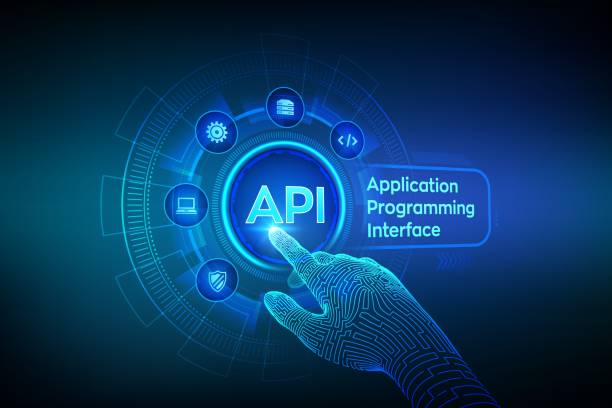
The Future of AI Robots – What to Expect?
The future of AI robots looks very bright and exciting.
With rapid advancements in artificial intelligence, robotics, and related technologies, robots are expected to play a much more significant role in our lives in the future.
In the future, we will see smarter, more efficient, and more flexible robots capable of performing more complex and diverse tasks.
Robots will be used in various fields such as industry, medicine, customer services, education, and entertainment.
They can help humans perform difficult, dangerous, and repetitive tasks, and they can contribute to improving the quality of life and increasing well-being.
In the future, AI robots will be able to learn independently, make decisions, and interact with their environment.
They can act as colleagues, assistants, and companions to humans and can help solve some of the most important global challenges.
However, ethical and social concerns related to the use of robots must also be addressed, and their responsible development and use must be ensured.
The Impact of AI Robots on the Job Market

The Impact of AI Robots on the Job Market
The impact of AI robots on the job market is a complex and controversial issue.
On the one hand, robots can increase productivity and reduce costs by automating repetitive and dangerous tasks.
This can lead to economic growth and the creation of new job opportunities in fields related to the design, development, installation, and maintenance of robots.
On the other hand, robots can replace human labor, leading to job loss and increased social inequality.
The impact of robots on the job market depends on various factors, including the pace of technological advancement, the extent of task automation, government policies, and the education and skills of the workforce.
To mitigate the negative effects of robots on the job market, measures such as investing in new education and skills, supporting entrepreneurship, and establishing social safety nets should be taken.
AI robots can bring about profound changes in the job market, and we must be prepared for these changes.
It is important to note that AI robots are designed to optimize tasks, and this optimization can lead to changes in the job market.
AI Robots in Industry – Use Cases and Examples

AI Robots in Industry – Use Cases and Examples
AI robots have very extensive applications in industry.
They can be used in production lines for tasks such as assembly, packaging, and quality inspection.
Robots can work continuously without fatigue, leading to increased productivity and reduced costs.
They can also perform tasks with greater precision than humans, which leads to improved quality.
Furthermore, AI robots can perform dangerous tasks, thereby enhancing human safety.
For example, robots can work in toxic or hazardous environments, and they can operate at high altitudes or in confined spaces.
AI robots are used in various industries such as automotive, electronics, food, and pharmaceuticals.
They can help companies improve quality, reduce costs, and increase competitiveness.
The use of AI robots in industry is increasingly expanding and is expected to play a more important role in manufacturing in the future.
| Industry | Example Application |
|---|---|
| Automotive | Car assembly, painting, welding |
| Electronics | Assembly of electronic components, quality inspection |
| Food | Food packaging, product sorting |
| Pharmaceuticals | Drug manufacturing, packaging medicines |
AI Robots in Medicine – Diagnosis, Treatment, and Care
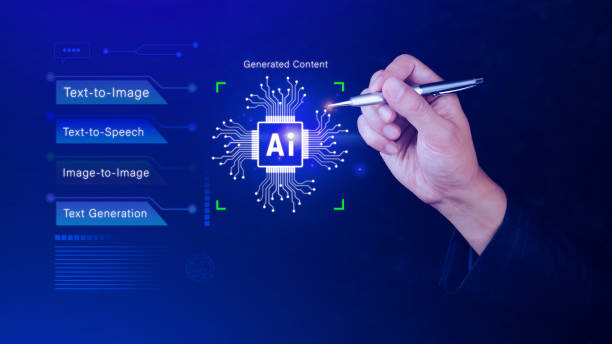
AI Robots in Medicine – Diagnosis, Treatment, and Care
AI robots have diverse and important applications in medicine.
They can assist doctors in diagnosing diseases, providing more accurate treatments, and caring for patients.
In diagnosis, robots can analyze medical images such as MRI and CT scans, identifying abnormal patterns that might be overlooked by the human eye.
In treatment, robots can assist surgeons in complex surgeries and precisely deliver medications to the target site in the body.
In care, AI robots can help the elderly and disabled individuals with daily tasks, and they can assist patients in rehabilitation.
AI robots have the potential to improve the quality of healthcare and reduce costs.
The use of AI robots in medicine is rapidly increasing and is expected to play a more significant role in healthcare delivery in the future.
Are you dissatisfied with the low conversion rate of visitors to customers on your e-commerce site?
Solve this problem forever with professional e-commerce website design by RasaWeb!
✅ Increase visitor-to-customer conversion rate
✅ Create an excellent user experience and build customer trust
⚡ Get a free consultation
AI Robots in Daily Life – From Homes to Cities
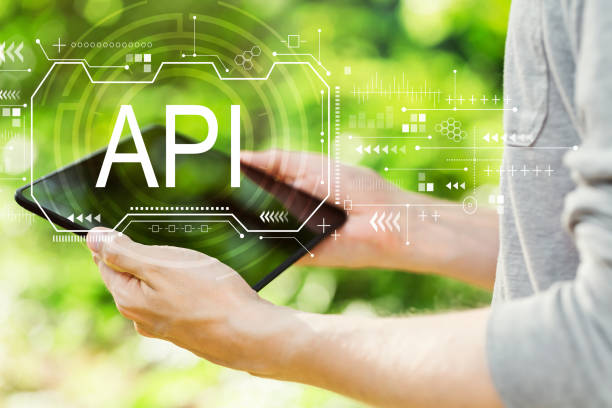
AI Robots in Daily Life – From Homes to Cities
AI robots are increasingly present in our daily lives.
In homes, robots can act as personal assistants, cleaners, and caregivers for the elderly and children.
Robotic vacuum cleaners, robotic lawnmowers, and kitchen robots are among the examples of robots used in homes.
In cities, robots can be used to provide various services such as public transportation, waste collection, and security monitoring.
Self-driving cars, delivery drones, and police robots are among the examples of robots used in cities.
AI robots can make our lives easier, safer, and more comfortable.
With technological advancements, robots are expected to play a more significant role in our daily lives in the future.
Ethical and Legal Issues Related to AI Robots

Ethical and Legal Issues Related to AI Robots
The development and use of AI robots raise numerous ethical and legal issues.
One of the main issues is accountability.
If an AI robot causes damage, who will be responsible? The manufacturer, the programmer, the owner, or the robot itself? This question still lacks a definitive answer and requires further discussion and investigation.
Another issue is privacy.
Robots can collect a large amount of data about us, and this data can be misused.
Therefore, laws and regulations must exist to protect individuals’ privacy from robots.
Furthermore, ethical concerns related to the misuse of robots must also be addressed.
Robots can be used for malicious purposes such as espionage, terrorism, and warfare.
Therefore, laws must exist to prevent the misuse of robots.
The ethical and legal issues associated with AI robots are complex and challenging and require cooperation among governments, industry, and society.
Frequently Asked Questions
| No. | Question | Answer |
|---|---|---|
| 1 | What is an AI robot? | An AI robot is a machine capable of understanding, reasoning, learning, and problem-solving, and can perform complex tasks with relative autonomy. |
| 2 | What are the most important applications of AI robots? | Key applications include industrial manufacturing, customer services (chatbots), medicine and surgery, autonomous transportation, space exploration, and military affairs. |
| 3 | What is the main difference between an AI robot and a regular robot? | A regular robot merely follows programmed instructions, whereas an AI robot can learn from data, make decisions, and adapt itself to new environments. |
| 4 | How do AI robots learn? | They learn by identifying patterns and improving their performance through machine learning algorithms (such as deep learning, reinforcement learning) and processing vast amounts of data. |
| 5 | Can AI robots have emotions? | Currently, AI robots do not possess real emotions in the human sense. They can imitate or detect emotions but do not understand or experience them. |
| 6 | What are the current limitations of AI robots? | Limitations include the need for vast amounts of data, inability to grasp abstract concepts, lack of true creativity, ethical issues, and generalization challenges in new environments. |
| 7 | What is the role of AI in the development of Humanoid robots? | AI helps humanoid robots to walk, maintain balance, perceive their surroundings, interact with humans, and perform complex tasks. |
| 8 | How is the future of AI robots predicted? | It is predicted that AI robots will become smarter, more autonomous, and capable of performing more complex tasks in daily life and industry, and their interaction with humans will increase. |
| 9 | Can AI robots replace all human jobs? | It is unlikely that all human jobs will be replaced. Robots will take over many repetitive and dangerous tasks, but jobs requiring creativity, empathy, and ethical judgment will remain. |
| 10 | What ethical and social challenges arise with the expansion of AI robots? | Challenges include issues related to privacy, data security, ethical decision-making by robots, impact on employment, and accountability in case of errors. |
And other advertising agency services by Rasa Web in the field of advertising
- Smart Digital Branding: A blend of creativity and technology to increase sales through user experience customization.
- Smart Customer Journey Map: An innovative service to increase click-through rates through attractive UI design.
- Smart Google Ads: Professional optimization for improved SEO ranking using Google advertising management.
- Smart Custom Software: Professional optimization for customer behavior analysis using attractive UI design.
- Smart Advertising Campaign: A creative platform for improving campaign management using real data.
And over a hundred other services in the field of internet advertising, advertising consulting, and organizational solutions.
Internet Advertising | Advertising Strategy | Advertorials
Sources
Smart robots replacing humans – IRNA
What is a Smart Robot? – Digikala Mag
Artificial Intelligence and Spy Robots – ISNA
The Role of Robots in Our Future – Donya-e-Eqtesad
? Are you ready for your business to shine in the digital space? Rasaweb Afarin, by providing comprehensive digital marketing services including corporate website design, SEO, and social media management, paves your path to success.
📍 Tehran, Mirdamad Street, next to Bank Markazi, Southern Kazeroon Alley, Ramin Alley, No. 6

